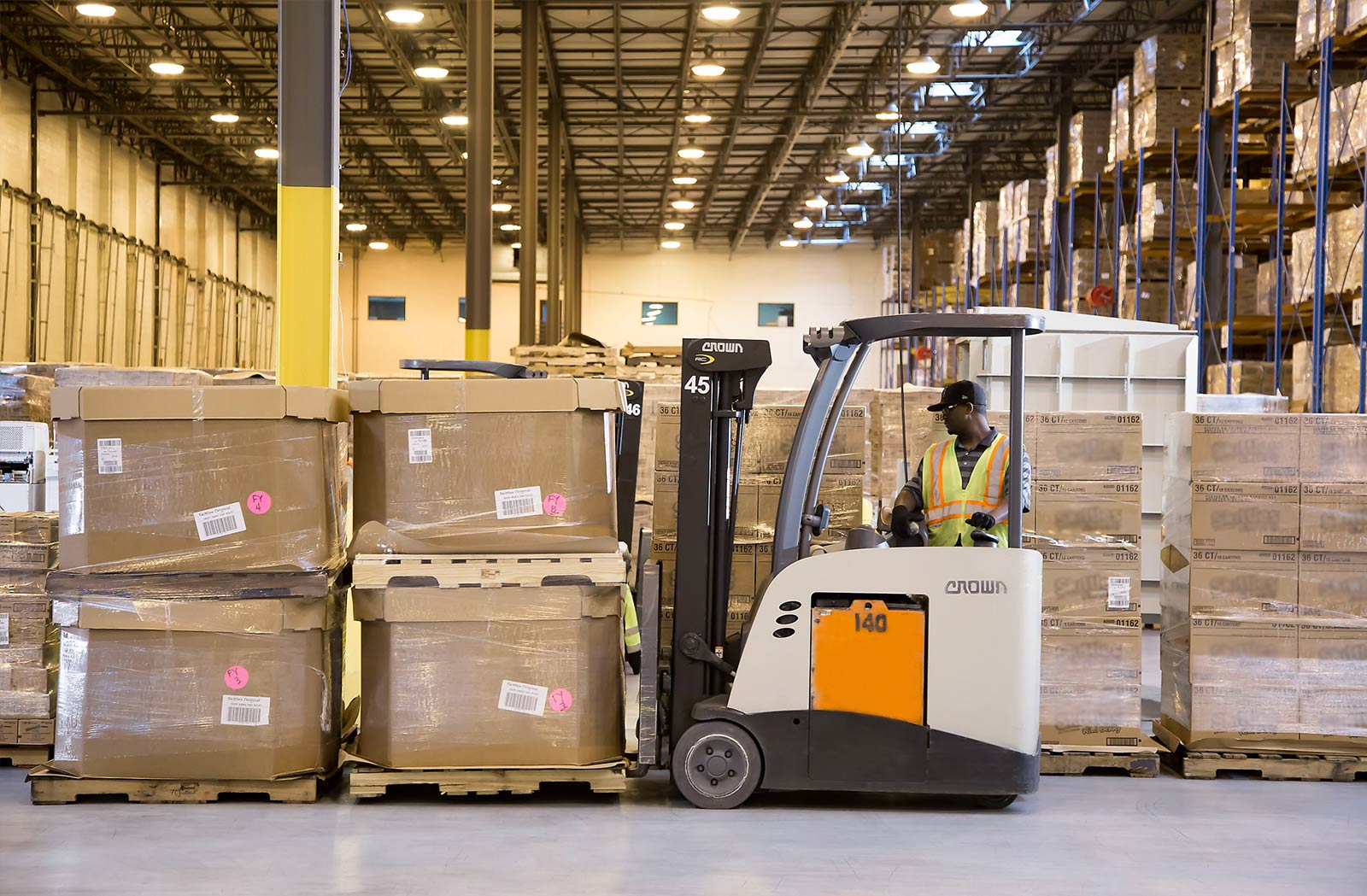Breaking into Logistics: Warehousing and Storage Roles for Career Stability
Warehousing and storage roles form a reliable backbone of logistics in the United States. From handling inventory to coordinating shipments, these positions reward consistency, attention to detail, and safety. If you’re exploring structured, hands-on work with clear skill development, this guide explains how these roles function and how people grow within them.

Warehousing and storage work keeps goods moving from manufacturers to customers, supporting retail, e-commerce, and industrial supply chains across the United States. Day to day, teams receive products, record them in a warehouse management system (WMS), store items safely, and prepare outbound orders. The environment is structured and process-driven, with standard operating procedures, safety checks, and performance metrics that create predictable routines. Many facilities also emphasize cross-training, so people can rotate between picking, packing, putaway, and inventory counts. This variety helps build resilient skills that translate across logistics settings in your area.
Warehousing and Storage Jobs: Building a Stable Career
Progress in warehousing often follows a clear pathway from entry-level roles to specialized functions and leadership. Early responsibilities can include picking orders with handheld scanners, packaging items to specification, and staging pallets at loading docks. As experience grows, individuals may master forklift operation, cycle counting, quality inspections, and using WMS features to reconcile discrepancies. Over time, this foundation supports advancement into team lead, shift coordinator, or supervisor positions, where scheduling, training, and continuous improvement become part of daily work. Throughout these stages, a strong safety mindset, on-time performance, and accurate documentation signal readiness for added responsibility.
Get insights on warehousing and storage job
Understanding how a facility is organized helps you work effectively with upstream and downstream teams. Receiving verifies shipments against purchase orders and labels items for traceability; putaway stores goods in assigned locations to maintain stock accuracy; picking and packing prepare customer orders; shipping confirms carrier pickups and documentation. Each step relies on accurate scanning, clear communication, and care in handling materials. Common metrics include pick accuracy, order cycle time, and inventory variance, which together show how well a process is running. Observing bottlenecks, reporting issues, and following standardized work instructions contribute to smoother operations and fewer errors.
What does a warehousing and storage job involve?
A warehousing and storage job typically blends physical activity with digital tools. Handheld scanners, barcode labels, and WMS dashboards guide where items are stored, how orders are picked, and when counts are due. Personal protective equipment and housekeeping practices reduce risk in areas with moving equipment, pallets, and conveyors. Facilities may run multiple shifts, so reliable time management and handoffs between teams are essential. Collaboration is routine: inventory control works with receiving to fix count issues, quality teams validate packing standards, and shipping coordinates with carriers on dock scheduling. As automation expands, human roles increasingly focus on exception handling, equipment oversight, and data accuracy.
Skills and training that support growth
Practical skills strengthen performance and mobility across logistics. Attention to detail helps prevent mis-picks and inventory discrepancies. Basic math and comfort with scanners and desktop software improve speed and accuracy. Safety awareness—such as load limits, clear aisles, and lockout/tagout guidelines—protects people and inventory. Many facilities value certifications like OSHA-focused training and equipment authorizations for pallet jacks or forklifts when relevant. Clear communication, situational awareness, and willingness to learn new tools enable smooth transitions between functions and shifts, supporting steady progress over time.
How to evaluate workplace fit in your area
Not all facilities operate the same way, so understanding on-the-floor conditions matters. Consider layout (racking height, conveyor systems), product type (fragile items, bulk goods), and peak-season patterns that affect daily rhythms. Review safety practices, housekeeping standards, and training approaches to gauge how teams manage risk. Explore how cross-training, mentorship, and documented procedures are used to help people learn new tasks. Finally, observe how metrics are shared—visible dashboards and clear targets often indicate consistent processes and expectations that support reliable performance.
Long-term stability through transferable experience
Experience in warehousing and storage adds durable, transferable capabilities to a logistics career. Fluency with WMS tools, inventory reconciliation, equipment handling, and safety practices applies across distribution centers, manufacturing plants, and third-party logistics providers. The combination of predictable procedures and continuous improvement methods enables steady development, while cross-functional collaboration builds confidence in problem-solving. Over time, this blend of practical skills and process understanding can support stable roles across the logistics sector, including opportunities to mentor others and contribute to operational reliability.




